Some characters seem to only be recognisable when they wear certain things, such as how Batman is most recognisable with his bat suit on, or basically most superheroes for that matter. This comment is inspired by Skull Kid, who I noticed something about it. Take a look at how he's originally portrayed:
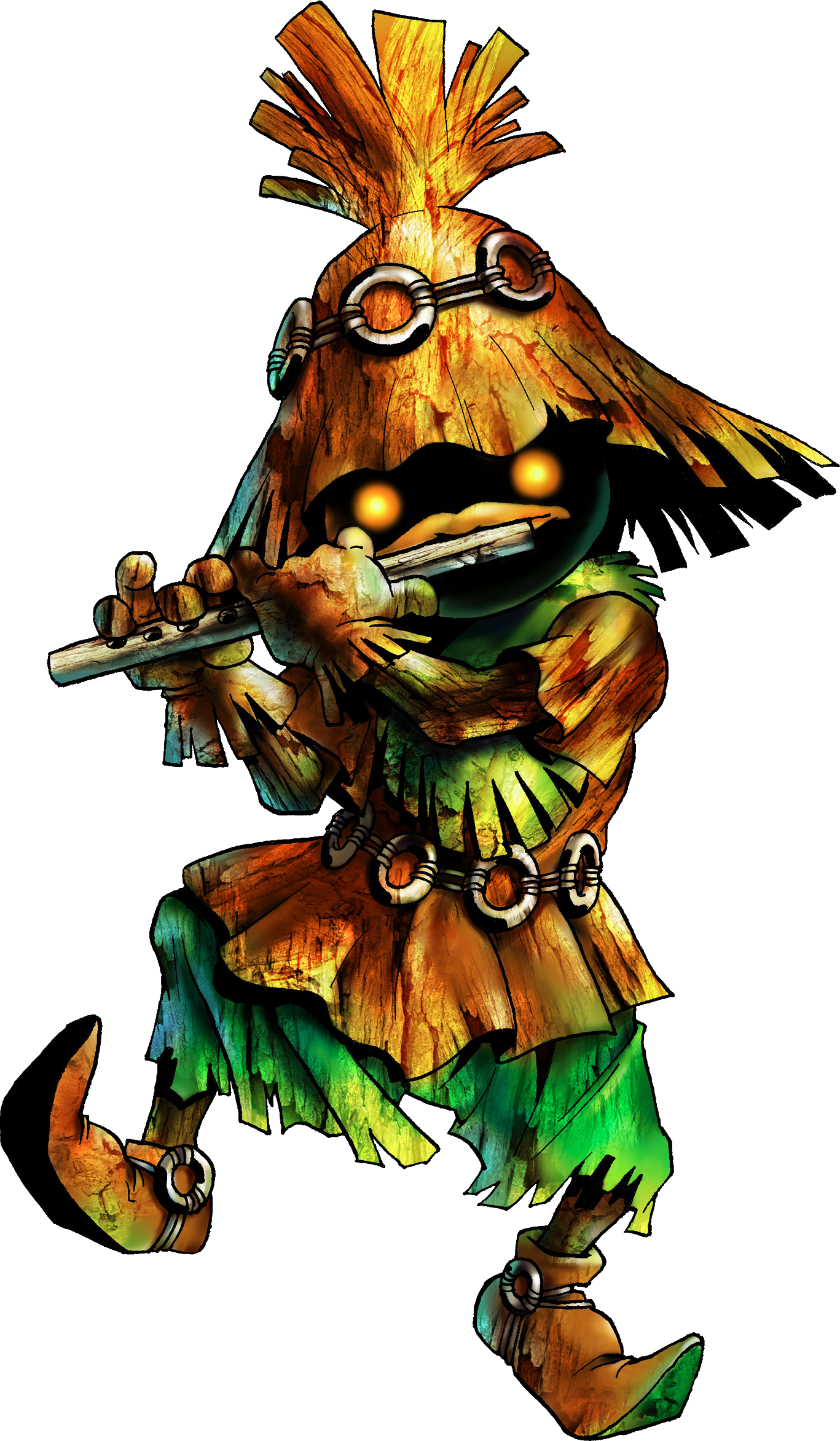
However, this is the most recognisable version of the Skull Kid, and in fact is what the Smash Bros. games normally used to represent him:

In case you can't see the images, basically it's only when the Skull Kid wears the Majora's Mask is he more well-known compared to his lack of it.
On the other hand, some characters are not dependent on the clothes they wear to be recognisable. For example, even though Mario's perfected his overalls look, he's still known as Mario even though he donned his doctor's outfit, a tennis uniform or even his cat suit. Characters who don't wear clothes seems to benefit more from this, such as Sonic or Pikachu, so even though they wear a hat or put on a coat, they are still distinctive.
Thank you for reading.

However, this is the most recognisable version of the Skull Kid, and in fact is what the Smash Bros. games normally used to represent him:

In case you can't see the images, basically it's only when the Skull Kid wears the Majora's Mask is he more well-known compared to his lack of it.
On the other hand, some characters are not dependent on the clothes they wear to be recognisable. For example, even though Mario's perfected his overalls look, he's still known as Mario even though he donned his doctor's outfit, a tennis uniform or even his cat suit. Characters who don't wear clothes seems to benefit more from this, such as Sonic or Pikachu, so even though they wear a hat or put on a coat, they are still distinctive.
Thank you for reading.

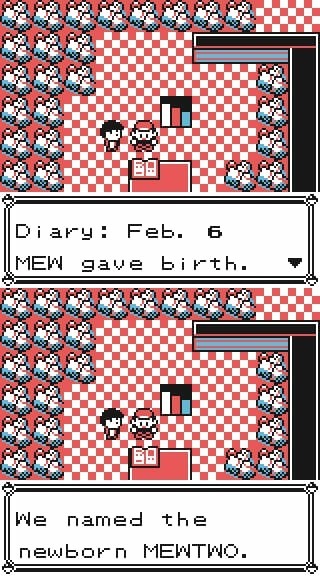
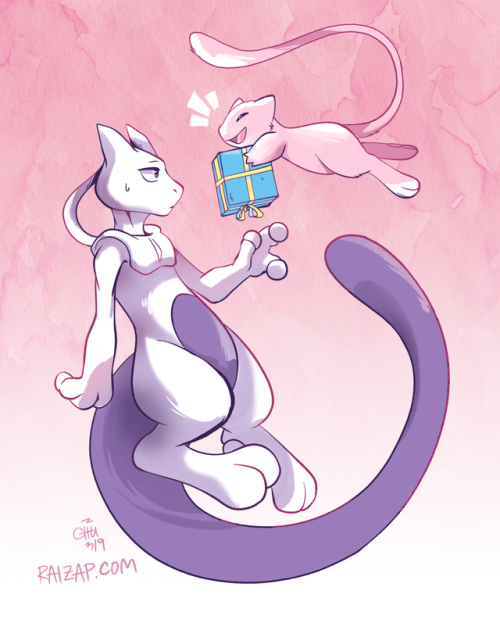
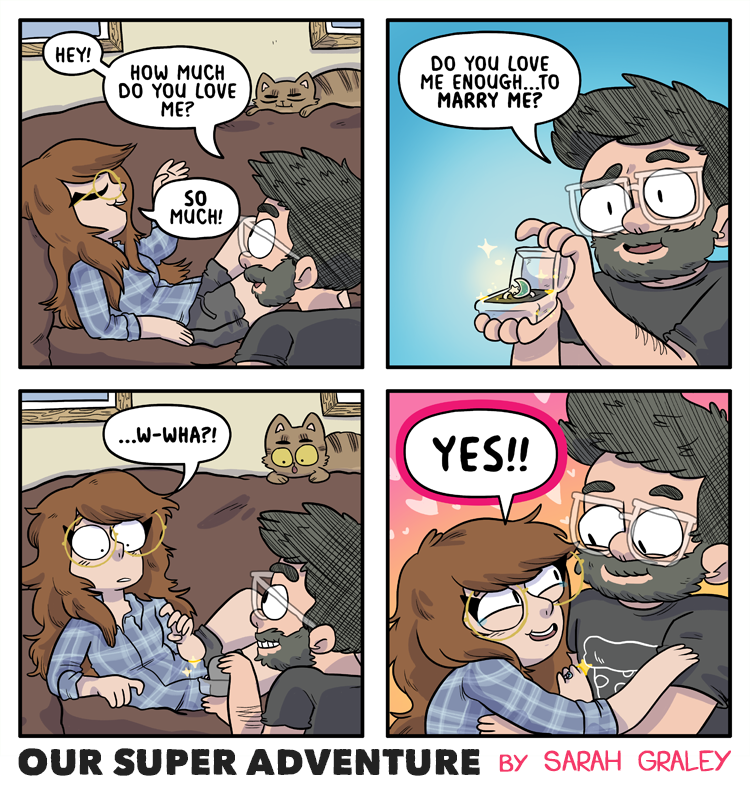





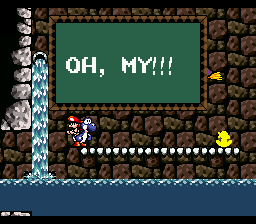

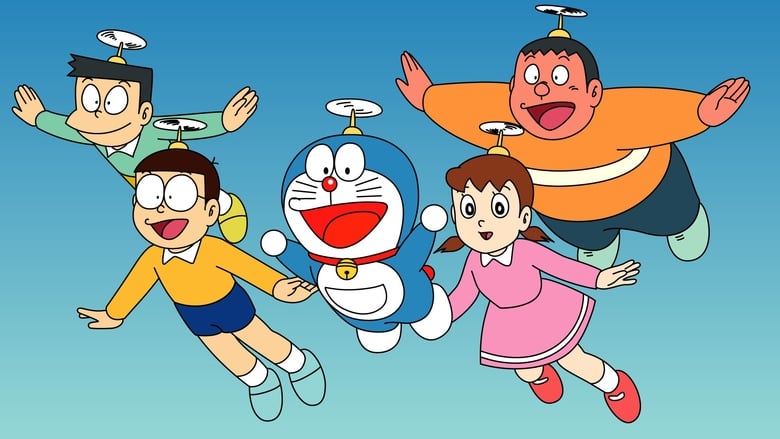









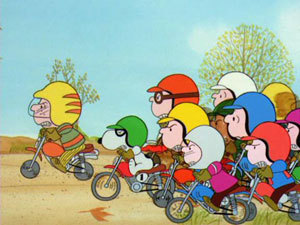



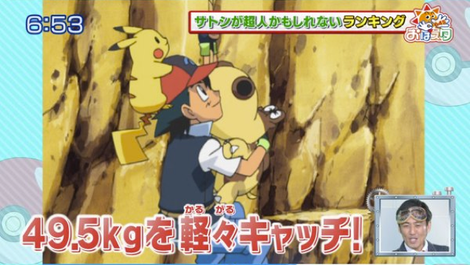







Reactions: winstein